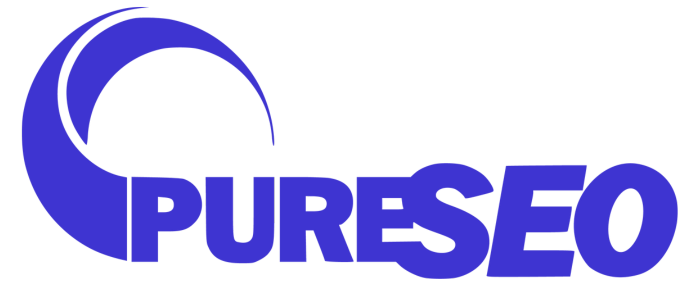
Google shopping ads are a fantastic opportunity for many sizes of businesses to improve brand visibility and convert buyer intention into sales. Implementing thorough SEO for your eCommerce website can substantially impact the efficacy and relevance of paid and unpaid Google shopping campaigns. This article covers how SEO and online shopping campaigns form complementary tandem to help your business grow online.
How Google Shopping Ads Work
Google shopping is a separate feed of Google advertising that draws product information directly provided from eCommerce sites and stores in a Google Merchant Feed. These ads are displayed in a grid style at the top of the page when someone searches for a specific product, allowing consumers to compare many different options and prices immediately. Google gathers more detailed product information to display, including images, product names and brands, stock levels, price, and rating, differentiating these ads from standard Google Ads.
For your products to appear in Google Shopping ads, you must upload your product data into a Google merchant feed from which the system can draw relevant information. Paid Google Shopping ads run on a pay-per-click model where you only pay when a customer clicks on your product and arrives at your site. Online retailers can also appear organically on Google Shopping ads, an exciting new opportunity to reach more customers outside a traditional paid advertising campaign.
How Strong eCommerce SEO Helps
So, what are the key ways you can improve your chances of being featured organically in Google shopping ads or improve the efficacy of your paid ads? Google ultimately wants product searches to provide relevant, timely, and trustworthy product information within shopping ads, meaning that SEO for your eCommerce website is vital. Key Google shopping SEO optimisations to make sure you provide in your Google merchant feed include:
Brand & Product Titles
Ensure that you’ve spelt your product and brand names correctly and that they’re up to date in your Google merchant feed. This is how Google will identify whether your products are relevant to a potential customer’s search intentions. You have 150 characters to make your first impression on a customer, so include as much relevant information as possible to provide a great product description. Include sub-models and identification numbers, for example.
Product Descriptions
Include punchy yet informative descriptions for your products that accurately describes the product and provides relevant information on the make, model and intended use. Use this longer text format to tell the story of your product so that you can engage with your target audience beyond that first split-second interaction.
Availability and Pricing
Google wants to know that the products it displays in shopping results are available to purchase from your store, so keep your product stock information up-to-date. Transparent pricing, including if the product is on sale or not, is critical information to include in your merchant feed. You want to avoid any confusion on the customer’s or Google’s end about the true price of your product.
Intelligent Use of Keywords
Keywords from your broader Search Engine Optimisation (SEO) campaign can help to reinforce the customer demographics you want to target with your Google shopping ads. While Google assesses more than just relevant keywords when determining which products to feature organically, implementing them within product names and descriptions is still best practice.
Choose the right keywords for your site, as choosing keywords that are too specific or too broad could hinder the SEO benefits of implementing them within your website. The best practice is to seek professional advice from a team of experts who can implement and track the effectiveness of adequately researched keywords over an extended period.
High-quality Images
Google shopping ads are a visual style of online advertising, so ensure that your images show your product clearly and highlight its benefits. You should include multiple images of the same product showing it off from various angles. All these images should be at a high resolution and have good lighting. It is also worth checking that all your images have relevant alt-text, ideally with a keyword or two inserted to reinforce some SEO benefit.
Consistency Between Landing Pages
Ensure that the information on your Google Merchant Feed and landing page are entirely consistent. The last thing Google (and potential customers) want is to be misled about the accurate details of the product you are selling.
Benefits for Paid and Unpaid Google Ads
Well-implemented SEO practices can complement Google ads in that the techniques used can help to consolidate and sustain a customer base past the initial advertising and purchasing process. SEO builds organic and sustainable authority and awareness for your brand in the eyes of both the consumer and Google’s algorithms.
A combination of SEO and paid search has long been the best way to grow your eCommerce business’s presence online due to the complementary effects between the two methods. SEO for your eCommerce website helps boost your Google Shopping Ads, and your Google Shopping ads direct new, motivated customers to your site.

















